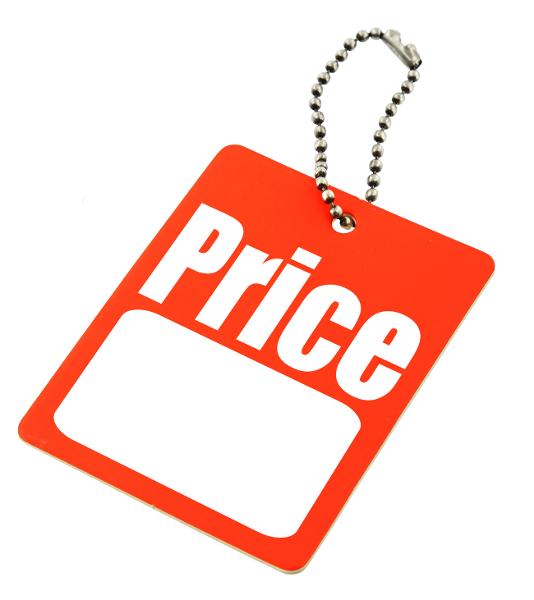A covered call is a financial transaction for investors. As a financial investor, you must have heard of the covered call. It is a crucial topic in the world of finance. This article will serve as a guide in discussing selling a covered call in money; it will also show you some examples and formulas for the covered call.

As we are about to dive into this topic, sit, relax, learn and enjoy.
Covered Call
A covered call is a risk management and an options strategy. It includes holding a lasting position in the underlying asset, such as stock. It also sells a call option on the underlying asset. Investors commonly employ the strategy who believe that the underlying asset will undergo only insignificant price changes.
Additionally, A covered call relates to a financial transaction in which the investor selling call options owns an equivalent amount of the underlying security. To do this, an investor holding a long position in an asset will write (sell) call options on that same asset to produce an income stream.
However, the investor’s long position in the asset is the “cover”. It shows that the seller can deliver the shares if the call option buyer decides to operate.
Furthermore, if the investor simultaneously buys a stock and writes call options against that stock position, it is called a “buy-write” transaction.
Covered Call Example
An investor owns shares of a hypothetical company WNE. They like its long-term outlooks as well as its share price. However, they feel that the stock will likely trade relatively low in the shorter term, perhaps within a couple of dollars of its current price of $250.
If they sell a call option on WNE with a strike price of $270, they earn the bonus from the option sale but, for the duration of the option, cap their upside on the stock to $270. Assume the premium they receive for writing a three-month call option is $0.75 ($75 per contract or 100 shares).
One of two cases will play out:
- WNE shares trade below the $270 strike price. The choice will expire worthlessly, and the investor will keep the premium from the option. In this case, by using the buy-write tactic, they have successfully outperformed the stock. They still own the stock but have an extra $750 in their pocket, fewer fees.
- WNE shares rise above $270. The choice is performed, and the upside in the stock is capped at $270. If the price goes above $270.750 (strike price plus premium), the investor would have been better off holding it. However, if they planned to sell at $270 anyway, writing the call option gave them an extra $0.750 per share.
Selling A Covered Call
When an investor sells a covered call, he gets paid in exchange for giving up a portion of future upside. For example, let’s imagine you bought WNE stock for $500 per share, believing it will rise to $600 within one year. You’re also ready to sell at $550 within six months, giving up further upside while taking a short-term profit. In this case, selling a covered call on the position might be an attractive tactic.
The stock’s option chain shows that selling a $550 six-month call option will cost the buyer a $40 per share premium. You could sell that option against your shares, which you purchased at $500, and wish to sell at $600 within a year.
Also, writing this covered call generates an obligation to sell the shares at $550 within six months if the underlying price reaches that level. You get to keep the $40 in premium plus the $550 from the share sale for a total of $590, or an 18% return over six months.
On the other hand, you’ll incur a $100 loss on the original position if the stock falls to $400. However, you get to keep the $40 premium from the call option’s sale, lowering the total loss from $100 to $600 per share.
January 1
Buy XYZ shares at $500
January 1
Sell XYZ call option for $40 – expires on June 30, exercisable at $550
June 30
Stock closes at $600 – the choice is exercised because it is above $550, and you receive $550 for your shares.
July 1
PROFIT: $50 capital gain + $40 premium collected from sale of the option = $90 per share or 18%
January 1
Buy XYZ shares at $500
January 1
Sell XYZ call option for $40 – expires on June 30, exercisable at $550
June 30
Stock closes at $400 – the choice is not exercised, and it expires worthless because the stock is below the strike price. (the option buyer has no incentive to pay $550/share when they can purchase the stock at $400)
July 1
LOSS: $100 share loss – $40 premium collected from sale of the option = $60 or -12%.
Now that we have known everything about that, let us discuss selling a covered call in the money. Shall we?
Selling A Covered Call In The Money
Let’s say that Jason buys 1000 shares of stock in Income Streams, Inc, for $1000. This will be the underlying stock against which he sells call options for some extra income.
It’s a quality stock. However, based on the stock’s chart, he thinks the stock has a reasonable probability of dropping in value over the short term. This is because it’s at the top of its’ current trading range.
With that in mind, he decides to sell a call option with a $990 strike for $20 instead of a call option with a $1000 strike for $1.500 against her Income Streams, Inc. shares.
Here’s how Jason looks at it.
Suppose the stock drops to $970 by the option’s expiration date. The choice won’t be exercised. He will keep the stock and sell another call option soon at a reasonable time. Hence anticipating the stock will move back toward the high end of its’ trading range within a week or two based on its recent trends.
Jason already made an excellent $20 per contract for the call option he sold.
Jason’s example gives you a basic and clear idea of why a covered call seller may choose an in-the-money-covered call strategy.
Having said all that, let us take a look at the covered call formula.
Covered Call Formular
The covered call formula can be calculated as:
CCV= PU- MAX(0 or PU – EP)
Where,
CCV: covered call value
PU: Price of the underlying asset at the exercise date
EP: Exercise Price
Then the next thing to calculate is the profit from the covered call.
Calculating the value is an extension of what was calculated above.
Profit = CCV- PS+ Premium
Where,
PS is the price of the asset at the start of the tactic. while
Premium is the price paid by the buyer to the covered call seller(writer
Conclusion
In conclusion, the Covered call is one financial transaction that investors should treat with crucial attention. Knowing the covered call formula and examples is also an advantage.
Covered Call FAQ
Can you lose money on a covered call?
You can only lose the amount you paid for the asset if you use a covered call strategy. Short call option premium received plus the strike price of the short call option can only be used to offset the purchase price reduction in a covered call strategy.
What are covered calls example?
An investor owns shares of a hypothetical company WNE. They like its long-term outlooks as well as its share price. However, they feel that the stock will likely trade relatively low in the shorter term, perhaps within a couple of dollars of its current price of $250.
Related Article






